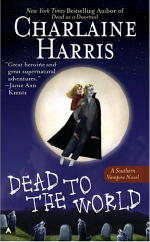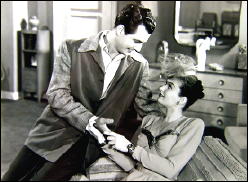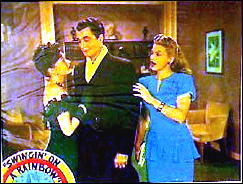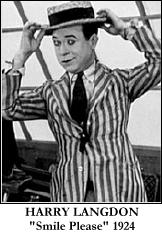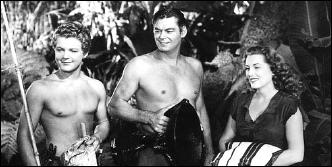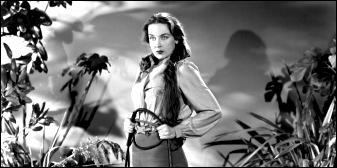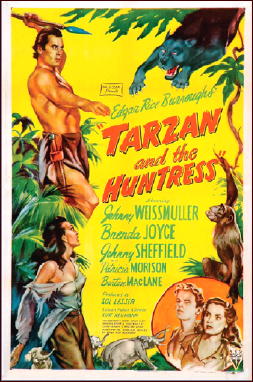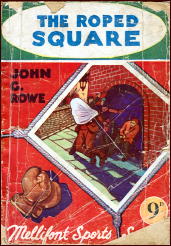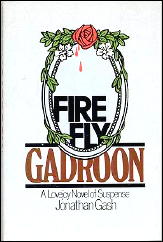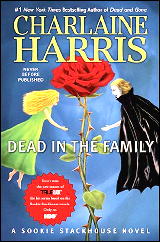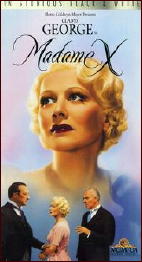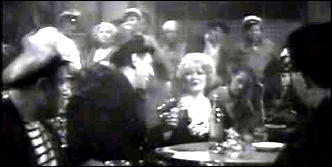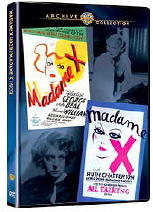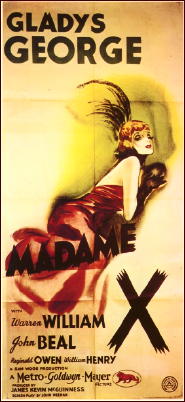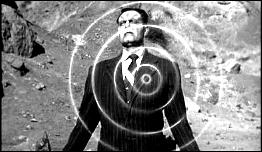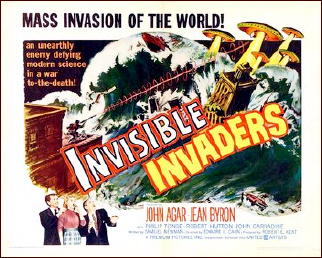Wed 8 Sep 2010
A Review by David L. Vineyard: GORDON MATHIESON – The Color of Ice.
Posted by Steve under Reviews[7] Comments
GORDON MATHIESON – The Color of Ice. SinoAmerican Books, softcover, November 2009.
The yellow peril is alive and well and living in modern thriller fiction.
True, the racial element is considerably toned down, and many titles, like this one, feature an inter-racial love affair and a heroic Asian character, but still something of the air of Fu Manchu, Wu Fang, and Doctor No linger in the margins.
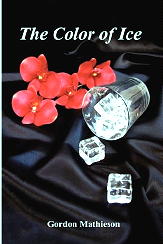
To be fair they would almost have to. I don’t think any author could ever be politically correct enough to erase them.
President Bowa, the new American President and his Chinese American Secretary of State can’t ignore the threat or the offer for a joint effort with the MSS and the Chinese government, but they don’t trust the PRC or MSS leader General Peng, so Bowa chooses Mandarin speaking microbiologist Carrie Bock to be his “mole” in the research project.
Bowa and Bock are old friends (he calls her Carbo, she calls him Barbo — no kidding — but I tried not to hold that against them or the writer).
So far so good, and to some extent that sums the book up. As far as it goes it is pretty good, but too often it reads like a detailed outline for a movie more than an actual novel. That isn’t to say it is poorly written, it isn’t. Many a best selling thriller writer writes less interesting prose than Mathieson.
Carrie joins the team under the beautiful ‘ice woman’ Lan Ying, meets and falls for scientist Dr. James Chen, and learns that during WW II the US looked into a biological weapon targeted at the Japanese and that this is the basis for the Pakistani weapon and the hoped for vaccine to prevent them from targeting individual races.
Carrie falls for Chen (indeed the two of them hardly bother to shake hands before tumbling into bed — even James Bond has to work harder at it) and feels a bit of guilt about working behind his back, then begins to smell a couple of rats — Lan and Peng.
So, what’s the problem?
It’s one that I’m finding increasingly with modern thriller writers. They understand the form, the basics of character, plot, and the development of the two, but they seem somehow tentative about it all. They seem almost frightened to put their heroes through the wringer.
What is missing from too many thrillers these days are the thrills.
Frank Gruber once wrote about the formula he used for most of his fiction. It was an elaborate one and had several numerically listed points, but at the end he gave a simpler version of it for would-be writers: the hero gets into trouble in line one of page one and increasingly as the book progresses he gets deeper and deeper in trouble to the point that it seems impossible for him to survive, much less win out, then as close to the last line of the last page as is possible he turns the tables and wins out decisively at the last possible moment.
It’s still a pretty good formula for a thriller, but few seem to remember it these days.
Carrie Bock is so far ahead of Peng and Lan that there isn’t a lot of suspense as to what is going to happen to her. You know going in that the hero or heroine is going to win, but the trick of these is to make you (and them) sweat getting there — the only sweating in this one is implied, and mostly between the sheets — and not only between Carrie and Jim Chen — not the covers of the book.
This isn’t a knock, but it is meant as encouragement. Mathieson has all the elements at this fingertips, but he hasn’t learned how to orchestrate them for the most effect. He seems to like his heroes a little too well, and feel a bit too kindly toward his villains. (They meet their fate off stage, and while it is a terrible fate, it would have been better shown with full nasty effect than simply told to us second hand –at least half of a good thriller is the catalyst of emotional release at the climax when he villain meets a visceral and, hopefully, well deserved end — even Claudius in Hamlet dies on stage.)
Who wants to read a tidy thriller?
I enjoyed this, but because I enjoyed seeing a new writer with some skills testing the water. I hope for the next book he takes the plunge. Faint heart never won fair publisher’s advance.
This is just on the edge of being what I suspect he wants. It just needs that little twist of the knife to not merely get you to turn the page, but to compel you to turn the page.
Fu Manchu would have made it much worse on Sir Denis Nayland Smith (this one could use a super-heated rat cage and desperate rodent looking to escape through someone’s skin), and Doctor No came close to feeding James Bond to a giant killer octopus — never underestimate the importance of sheer melodrama in a thriller. Even cheap thrills are still thrills.
Good taste and subtlety aren’t always virtues, even Graham Greene and Eric Ambler knew when to get their hands dirty. And that’s what is missing here. That sense that anyone might get their hands dirty, break a sweat (even during sex), or that the fate of the free world or the protagonists is ever in doubt.
There is an old rule in thriller writing: every third chapter should end in a cliffhanger and every fifth chapter should be a reversal of fortune for the hero. He also fails the standard “false climax, anti-climax, true climax” structure that is key for a thriller, but by then it hardly matters.
Everything is there, it’s just all too “nice,” too clean, too zipped up and sanitized for our protection. Maybe I’m just too jaded, but I can’t help but think a thriller ought to be just a little pulpy and unwholesome. I’d much rather a thriller had loose ends than pink neatly tied bows.
You can’t write a cozy thriller.
Why would you try?
This comes so close, it almost qualifies as a thriller just for that, but I can’t really recommend it on the basis that I was in suspense seeing if the author was going to generate any suspense or thrills.
And it wouldn’t hurt if he were a bit more gruesome abut the horrors of his bio-agent too. I never thought I would be complaining about the lack of grue and gore in any book, but damn it, if you plan to scare me with one of these someone’s face ought to at least melt.
And one last thing. This is about the third book I’ve read this month that is structured like a television episode or film, and not like a novel. I love movies too, I’ve even written screenplays, but they are not the same form — which is why the book is so often so much different than the film.
I don’t know anything about Gordon Mathieson (great name for a thriller writer though), but I am going to suggest he go to fewer films and perhaps read a few more thrillers — and not just the great ones or current ones. There is much today’s writers could learn from writers like John Creasey who kept readers turning pages from 1932 on for over six hundred books. [FOOTNOTE]
A good thriller is more than the sum of its parts, it is also a visceral experience for the reader and the writer. You ought to reach the end both with a sense of satisfaction, and a feeling you had just had something of an adventure yourself. It’s called escapism, not somnambulism. The nap should come after you finish the book, not during.
[FOOTNOTE] In one of the Baron novels, Deaf Dumb and Blonde, there is a scene in John Mannering (the Baron)’s home where a villain has a gun at his back, and the front doorbell rings.
It’s a policeman, and as Mannering is compelled down the stairs, gun at his back, Creasey wrings a good four pages (a bit over a thousand words I’d estimate) of nerve wracking prose out of the time it takes to walk down a stairway as the Baron weighs his options, what action he will take, and the consequences to himself and others.
You can’t do that in a movie, not in quite the same way, and every writer who even thinks about generating suspense and thrills ought to learn from that. Cinematic isn’t always a compliment. If it was, none of the Harry Potter books would be over a hundred pages long.
